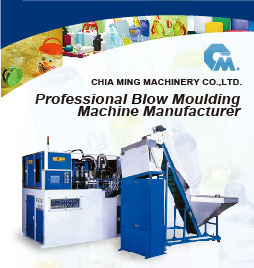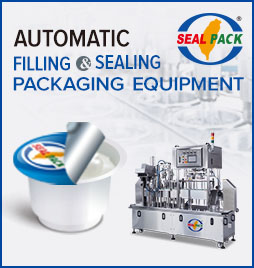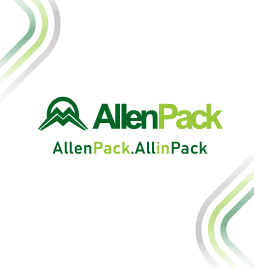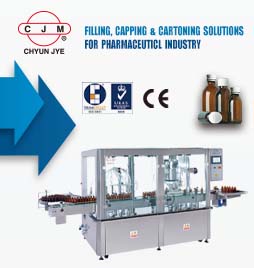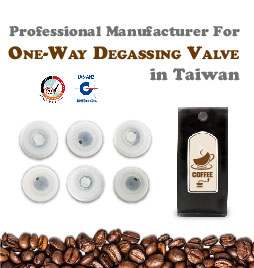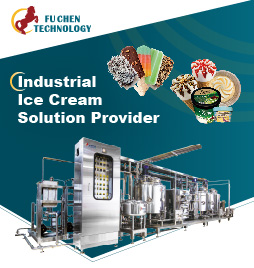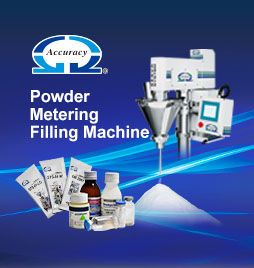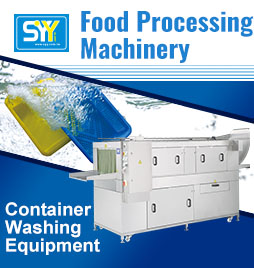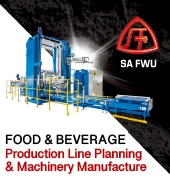CLEAN LABEL, beyond a fad
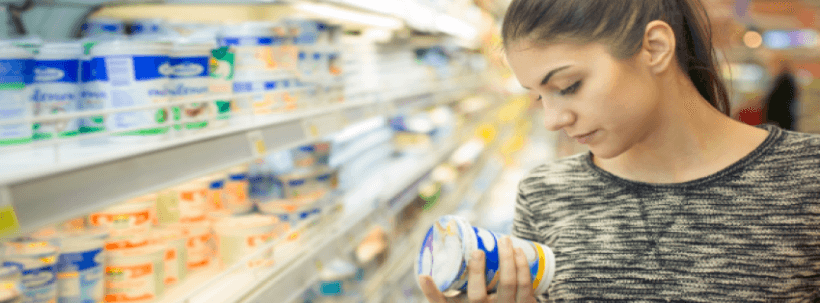
The consumer is paying attention to the food they buy and this means that they are reading the labels and the ingredients that make them up, because they want products that make them feel confident. This is why today aesthetics and smart slogans are no longer sold: safety is the attraction. Fresh, clean and sustainable become a priority. l Griselda Vega (*) and Sandra Huchim (**)
(*) General Editor of Contents at Enfasis Alimentación.
(**) Editor in Chief Mexico and Central America.
Any packaged food (regardless of whether it is in the form of a box, can, bag, carton or bottle) has to carry a nutrition label listing its contents, which is causing more and more consumers to become experts in reading it and an increasing number of companies to avoid ingredients that do not correspond to what any of our grandmothers and grandfathers would consider to be a healthy food.
In that context, a concept that is advanced and booming within the food industry is the clean label, which, according to the Harvard Business Review, is one where the ingredients are clear about their origins, as well as recognizable. Terms such as "natural", "no additives" and "organic" are leading the way in this guideline, which has been a slow but steady transformation rather than a trend.
Within the framework of the IFT18: Annual Meeting & Food Expo which took place from 15 to 18 July. Enfasis Alimentación gave an exclusive interview to Gary Agustine, Executive Director of Market Development at Kalsec, who explained that clean labeling is a phenomenon that runs through the food and beverage industry, involving both consumers and authorities.
There is still a need for greater clarity and specificity from all those who are driving the demand for greater transparency in food labelling. The challenge is to provide innovative ingredients that allow manufacturers to use new claims that together with technical support can result in the launch of successful products that conform to the clean label concept.
What is the current definition of "clean label"?
The definition of clean label points to the difference between ingredients from natural sources versus artificial ingredients. In this sense, all the ingredients that companies use to make the products they sell come from natural sources. As we know well, there is no definition for the concept "natural". Trying to define this term is impossible, as it means different things or aspects to different people. It can, however, be summed up in something simple: ingredients of natural origin versus those of artificial origin.
Speaking of natural ingredients, what are the most important elements observed in this scenario?
In terms of the amount of natural ingredients available on the market today, several options can be identified. First, there is a trend towards the replacement and removal of artificial colors, flavors and preservatives. This is the most marked trend. The aim is to eliminate them and replace them with their natural counterparts. There is also a trend towards products "free of" various ingredients (gluten, sugar, sodium, etc.), but it should be reiterated that the main trend is towards the elimination of synthetic ingredients.
How does this trend impact on product formulation, and are there any problems or issues that the industry needs to address?
In fact, artificial ingredients offer extensive cost advantages compared to natural ones and are very stable in most environments. Therefore, the challenge for food companies, as suppliers of natural ingredients, is to be able to provide stable and economical natural colors, flavors and preservatives.
|
NATURAL AND HANDMADE FOODS Products with clean labels, as reported by Euromonitor International, are the first to be recognized according to different food and beverage brands, which associate the benefits of this concept with the added value of the product due to the success and attraction they achieve with their consumers.
Hence, clean labelling with natural alternatives are the market trends in the food industry at the moment. This is because consumers are now more aware of what they are eating, so transparency and clarity of ingredients are key aspects when developing and selling a product.
"There is no doubt that the food and beverage industry is following trends that are increasingly sophisticated by the generations that are consuming the products. Avoiding additives has also become a priority for many consumers and transparency is valued as well as the artisan values of food and beverages. In this respect, the craft beer market* has an important application for different types of food. Today we are producing that naturalness in beers and hop extracts to achieve artisanal flavors to meet consumer demand," explains Héctor Reséndiz, Sales Manager for the Latin American region at Kalsec.
"The craft concept is a very strong theme in the United States, but it's a trend that is being reflected throughout Latin America. If we talk only about beer, there are many artisanal brewery brands in Mexico as well as in Latin American countries, and this same trend is being seen in other types of foods and applications. As a company, we are translating the artisanal brewery part to be able to apply it to the flavors we eat every day," adds Héctor Reséndiz.
* Refer to the developments and/or line of craft beer products that Kalsec presented at the IFT18: Annual Meeting & Food Expo, and their application in: cheese, bakery, dressings, seasoning blends and meat, whose purpose is to achieve a characteristic taste of the craft brewery in this type of food. |
The challenges point to these issues. Natural colons, for example, are not stable versus their synthetic counterparts, but alternatives are being developed to address this issue. Natural colors are taken and antioxidants are added from natural sources, applying innovative technologies or solutions* to stabilize natural colons in a way that other manufacturers do not co-exist, through antioxidant expertise and the development of more stable natural colors
How to solve the cost issue?
It must be approached from two different perspectives. One is the cost of use. The percentage of natural colors used in the final products is, in general, still very small. The other is that of product development and shelf placement. The truth is that it is possible to provide an alternative with clean labelling, and this is exactly what consumers are looking for, since they prefer to buy that product and not the one containing artificial ingredients. This represents an opportunity for new formulations and the development of new products with different positioning on the shelves. In these two ways it is feasible to balance the issue of costs.
Is the number or percentage of consumers looking for products with clean labels increasing?
Possibly 6 to 8 years ago the issue of clean labeling was seen as a new trend. Today, it is a standard. People are associating clean labels with healthy foods, although there is no scientific basis for this association. Today, when people see clean labels with a shorter list of non-synthetic ingredients, they believe the products are better for them, healthier, and are thus choosing them. We can also see, from a demographic point of view, that younger generations, like the Millennials, are paying attention to clean labels more often than other more mature generations, so they are making their purchasing choices on that basis.
The Millennial generation (which governs consumption today) acts as a catalyst thanks to its concern for corporate transparency, market practices, sustainability, reduction of pollutants, local agricultural development and well-being. This has brought about a re-evaluation of consumption and production models, and with it a change in the philosophy and shape of food and beverages, where food labeling is not exempt.
What can be done to make a product look and feel better?
For example, suppliers are testing various color combinations in terms of the raw materials they use or produce, in a unique and interesting way. We know that many raw materials are exported and imported to and from different countries, and that they are subjected to different types of handling and storage. Our work and commitment is to ensure that products are well handled and stored at the right temperatures and in the right way, and that they remain stable under different storage conditions.
One must be very aware that consumers buy a product firstly because of its color and appearance, but if they like its taste, they will buy it again. That is, if the product looks good, they buy it; and then, if they don't like the taste, they don't repeat the purchase. That is why it is essential that the colors remain stable and the flavors are intense.
One of the positive aspects that products must contain compared to others made with natural ingredients is that of dry powders or purees, as there are sometimes challenges associated with them, as they are not very stable or are variable in terms of their properties.
If the raw material has different moisture levels in terms of exposure to sunlight, the color and taste of the products made from it may vary. Therefore, the extracts must be standardized in both aspects, so that they are consistent and when consumers see them, they know that these are reliable products.
What message would you give to the food industry for the development of new products based on current trends?
In terms of clean labeling, which consists of replacing artificial ingredients with their natural alternatives, it is really important for a formulator to work with suppliers so that they understand what is happening during the process. How they process the product and how they package it are important variables. You have to work with them so that they can determine and recommend the best natural ingredients, because sometimes - given the conditions of their processing - it is challenging to choose them for what you want to achieve in terms of appearance, color, taste and shelf life. Working with suppliers is very important during the development of the process.
With these appreciations it can be concluded that the strength with which the concept of clean labeling is gaining space is reflected in that this year was mentioned as the most important trend for the sector by the consulting firm Innova Market Insights, which sees it more as the new rules of the game, in addition it is estimated that by 2021 the products with this type of labels will come to represent a great global growth, according to projections of Euromonitor International.
* Refer to the "Durabrite" stabilisation technology from Kalsec, a producer of natural spice and herbal extracts, colors, anti-oxidants and advanced hop products for the food and beverage industry.

